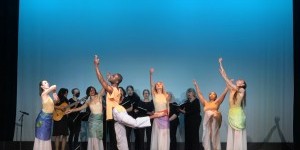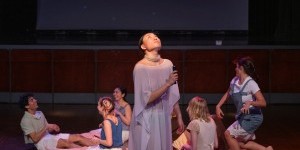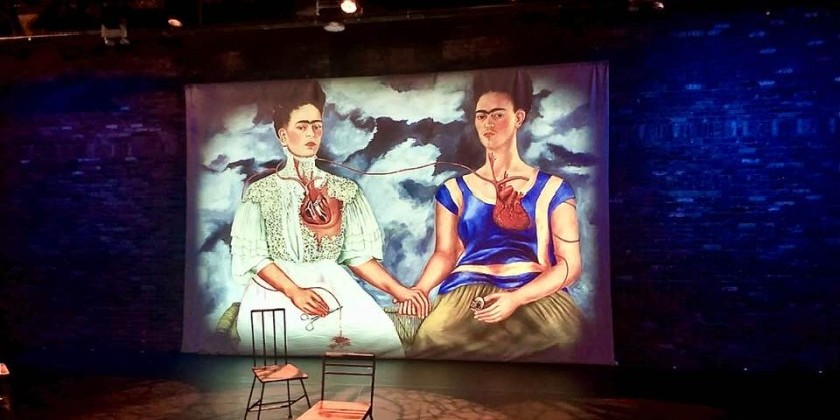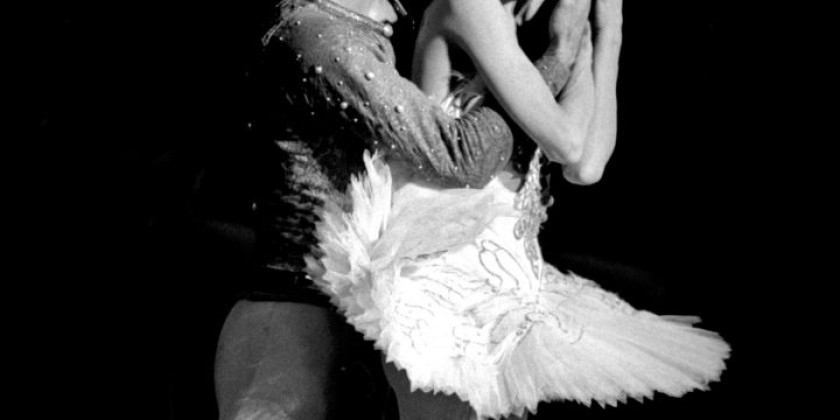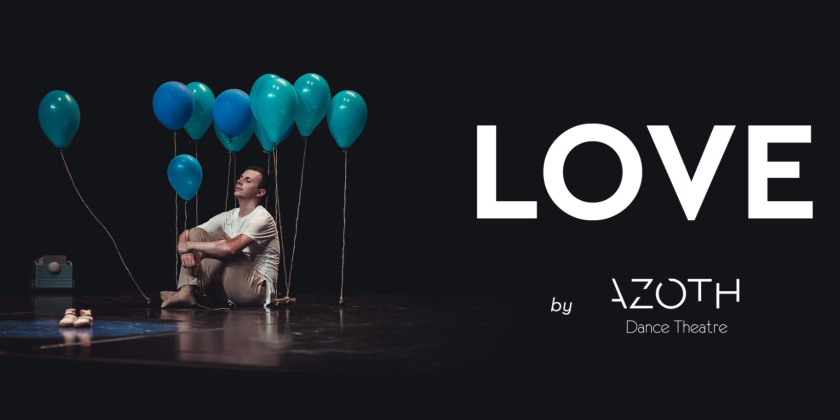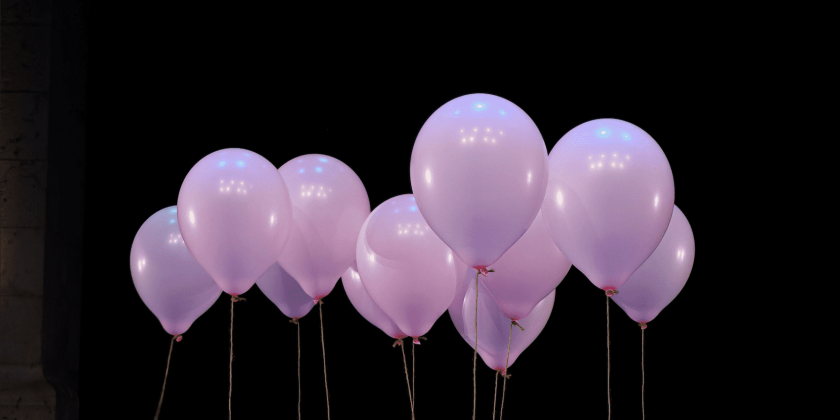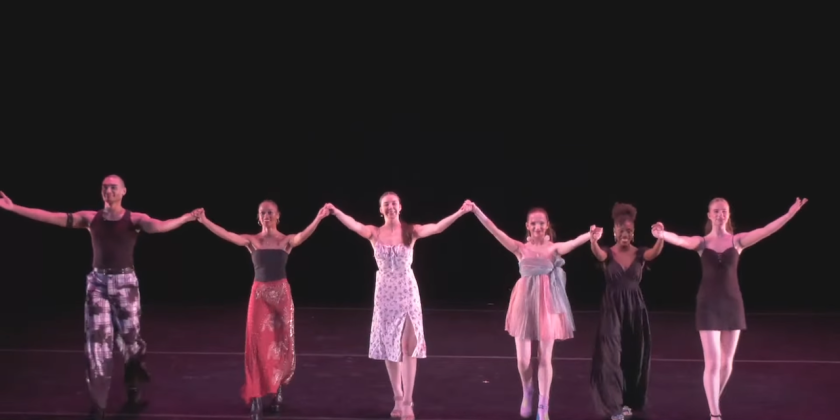AUDIENCE REVIEW: The Female Gaze: Marie Laurencin
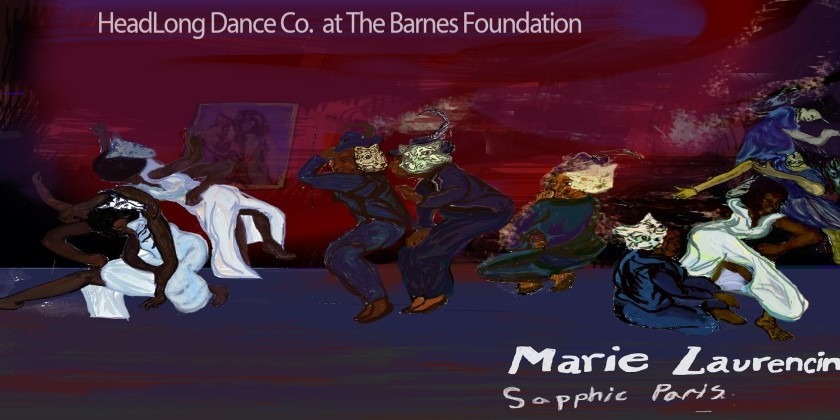
Company:
Headlong Dance Company
Performance Date:
January 18, 2024
Freeform Review:
Headlong Dance Company at The Barnes Foundation Special Exhibition of Marie Laurencin.
The Exhibit title, Sapphic Paris, called to an artist's unique place in art history, and location during the 1920's Paris. This was a special night at the museum in Philadelphia along the Benjamin Franklin Parkway Museum District. Headlong Dance Company invited to interpret the artwork, brought three dancers to create three solo's. They improvised along with a structure which took us through the natural modernist architecture, and the gallery of the special exhibit.
Marie Laurencin gives us a fantasy to imagine the culture during her artistic prowess, one which highlights the female gaze. The artwork is tactile with pastales of pink, baby blues, and graphite. The undulating light for fashion or the subject for women carved out a line of shadows and lights sensible to the current Art Deco which were popular at that time . This oeurvre changes our concepts of the architecture and translated for fashion of the time. We discover in the official program for the events, a presentation of series and collaborations that unfold in the mysteries of love and comedy for "falbalas and fanfreluches".
The modern art museum framed by a post modern architectural group, Tod Williams and Willie Tsien, give us another kind of perspective. A spacious environment of light and texture that situates this site-specific modern dance for today's viewers from the former, a grand ballet designed by Marie Laurencin, Les Biches, a ballet in 1 act with a song. It was choreographed by Bronislava Nijinski, and with artistic direction collectively for the theatre of Monte Carlo 1923- 1924 shows a program of opera, dance, and fashion for classical tastes. Particularly noticable are the "operá-comique," as a serious search for French inspired soirée from the 1880's for the Festival Francais Janurary 1924, with its presentation of Les Biches.
The dancers at the Barnes, 2024 continue this fashion of the risqué throughout the Barnes Foundation. Courtney Henry, Meghan Bridge and Saturn reunite after their solo's to the sense of animals flowing into the likes of Laurencin's paintings. The grand scheme for Headlong Dance company is a long history in Philadelphia, they resided in the Old City quarter for first friday events, where guests were emersed in the practice of performance art. Now, charting forward after the pandemic this prestigous dance company is certainly within a circle of the arts that ties strongly to its foundation of modern dance.
With the curatorial direction of Kim Yang at the Barnes, the lecturer with the dance company's managing and artistic directors, and designer Maiko Matsushima. Breaking shortly after Saturn commenced for the evening, which brought us to the far end where a large expanse of window looks onto the terrase outside but with lights that reflect the dancer's body clearly in the darkness. Courtney Henry in this grand palace, long white pleather robe, her introduction with the help of Meghan Bridge at the entrance of the Marie Laurencin special exhibit demanded attention.
Common to the Headlong Dance repretoire is the experimentation, and bringing together differences to find a cohesive whole. For the dancers with the theme of Les Biches, a call to the female gaze without even mentioning it, was something elaborately fixed to the movement and costume design. It was based o nthe color, gender as color, and understanding the animals which their masks corresponded with their human bodies consistant to our physical and social reality. They investigated feminism in vague stretches of choices for the dancers by describing what it means to be non-binary or sexually diverse by appearance or experiences outside of simple generalizations.
The dance team, show nuances of ritual, vogue, and elicit temptations. Thus, realy different movement from each dancer had destinations in mind, improvising to the visual reference repeated patterns found in the visual art on the wall, but also with the stone, cement, and glass of the modernist plaza. This angle of sexuality for the purpose of reiterating how dance communicated this animal by masking the dancers, and seeing them in contact, consentual, and this body we see contemporary world decidedly by whom, we do not consent to. That elicit denial of a certain sex or gender orientation brought us to the thought process for, color within Laurencin's paintings and how pink came to be this femininity. It celebrates the body, pink, and how we live in bodies, in relation to other bodies. The site-specific ideas for histories, identities, and creating new identities formed altogether here. The movement inteligence of the dancers, within this frame also brought an abrupt stop to a male gaze. For an intimate space to inhabit space, and be invited to experience what felt right for these bodies. They imagine the body as both animal and a person, with personality to be who they want to be.
There we are given reference of Laurencin's "Les Biches," and "The Woman-Horse." The curtain design before the ballet, Les Biches, shows a group of animals in interaction with their personal animal mask and nude bodies. The Woman-Horse, shows a self portrait of Laurencin, with a conglomerate of shadows that reveal horns, ears, snouts, but indistinctly behind the head of the woman. The imagination of the artist in a chase, and escape from the structure prevails naturally. Laurencin's exceptional translation of the art deco style completely softens the harshness of romantic and grandeur, with containing the dynamic appeal in a new feminine shape.
Author:
Chuck Schultz
Website:
WHYSEEART.COM
Photo Credit:
Chuck Schultz






